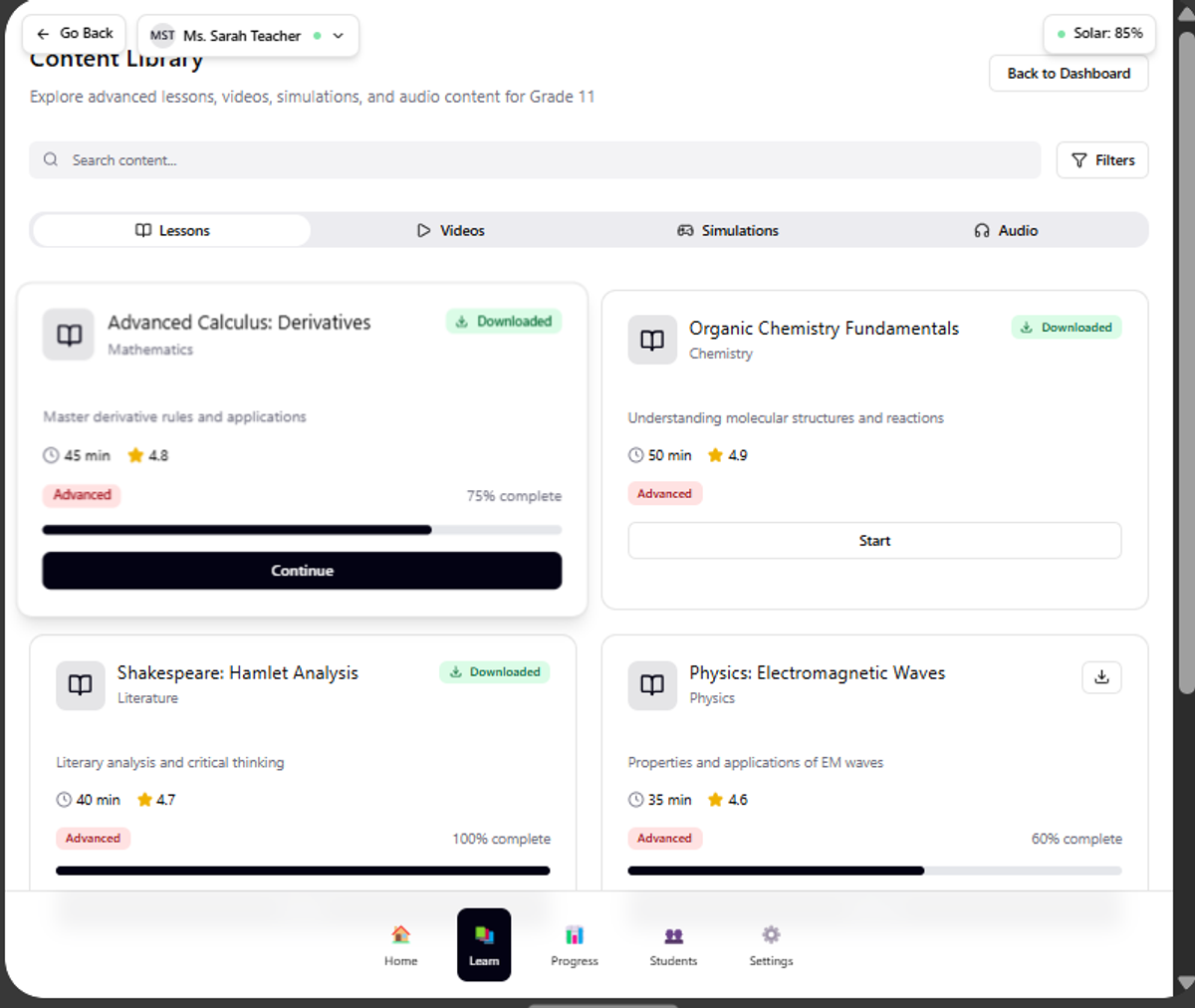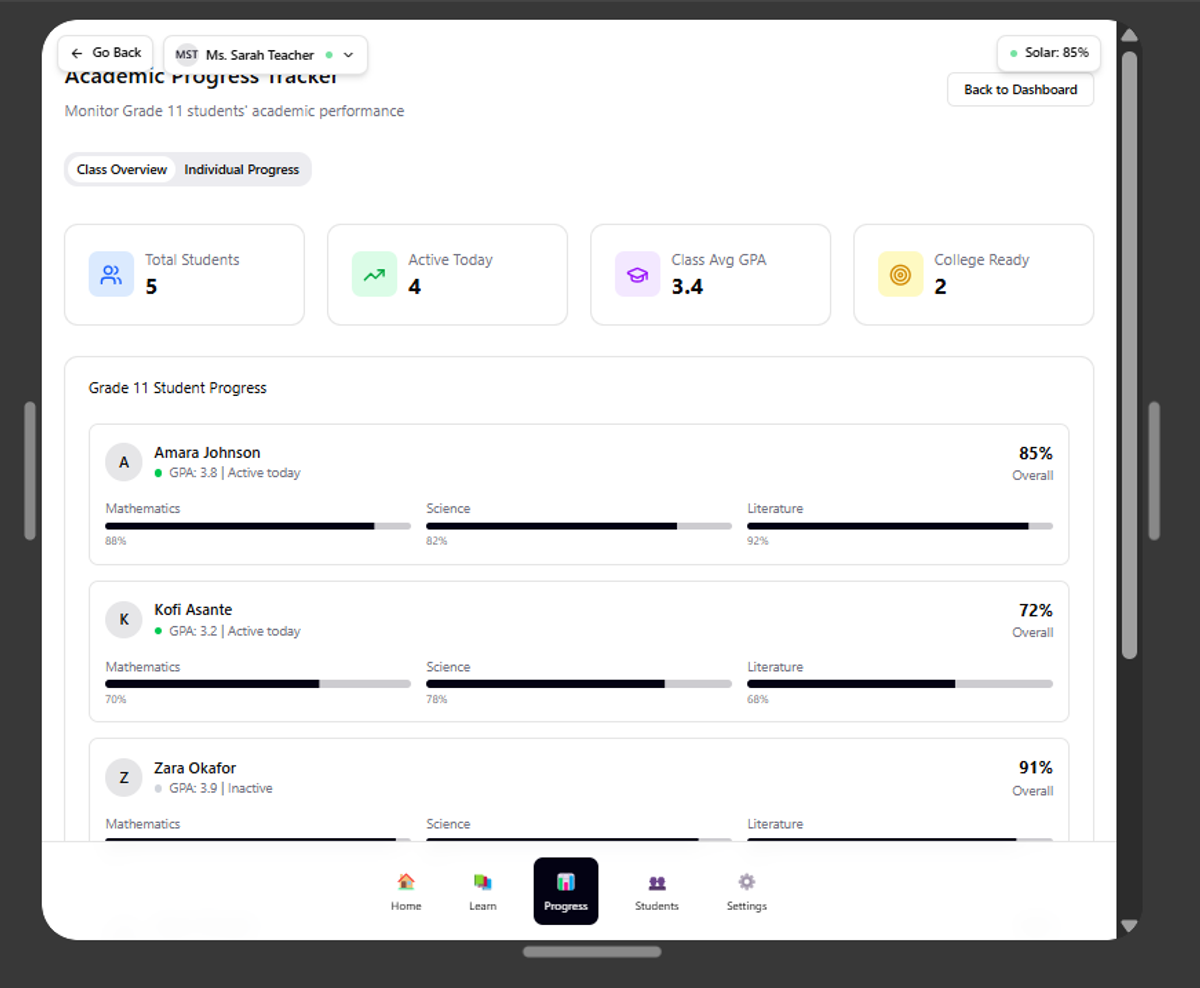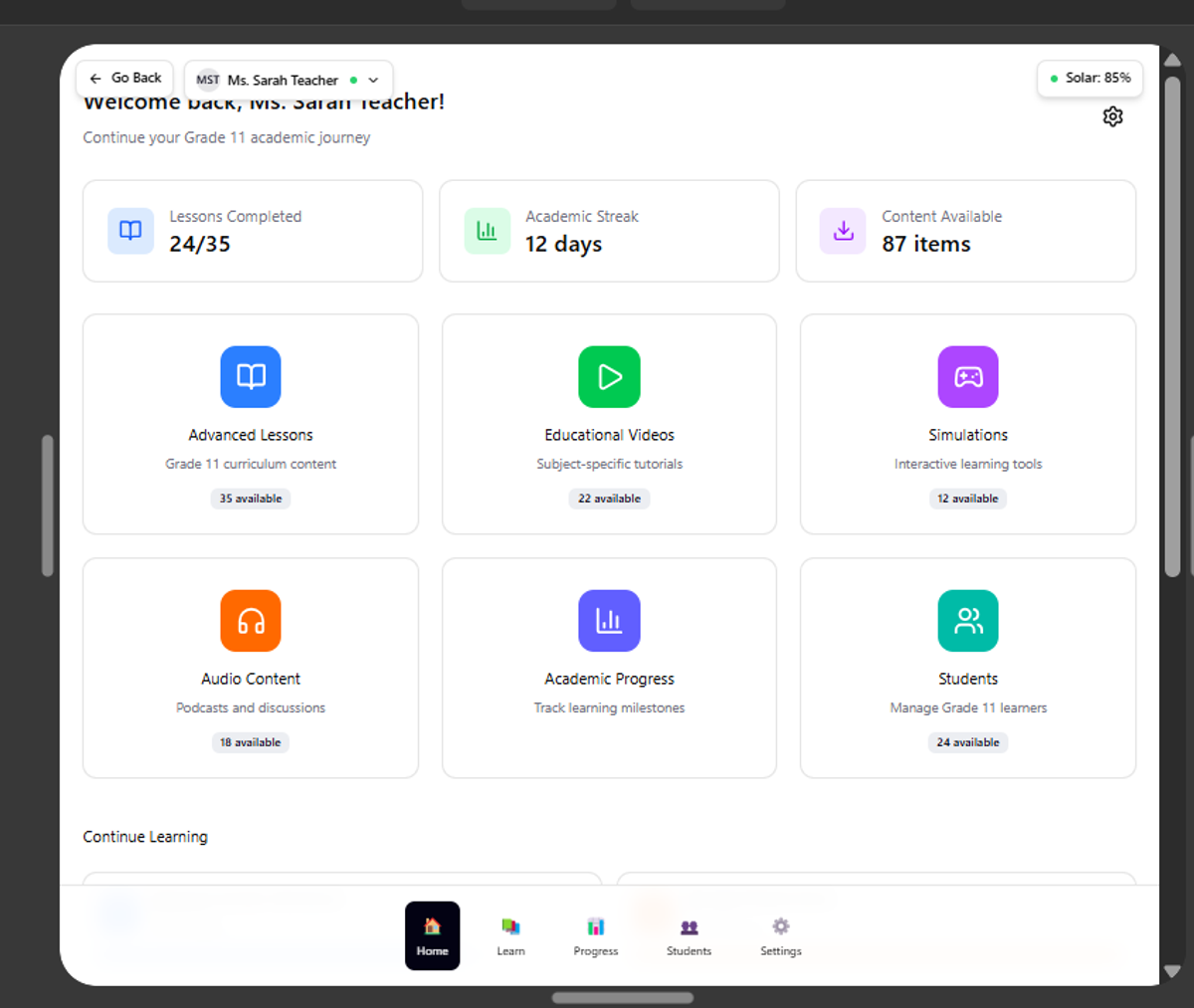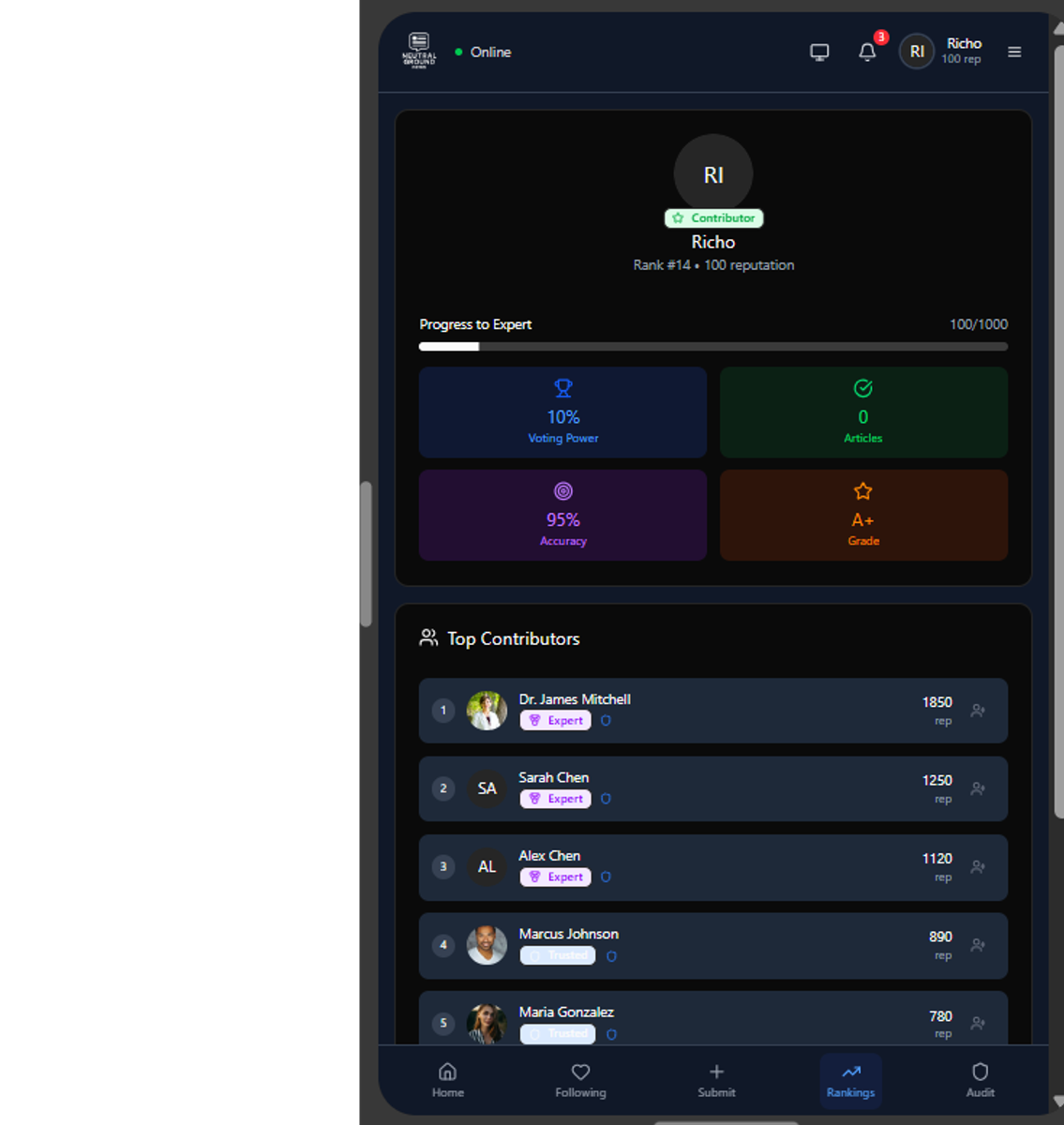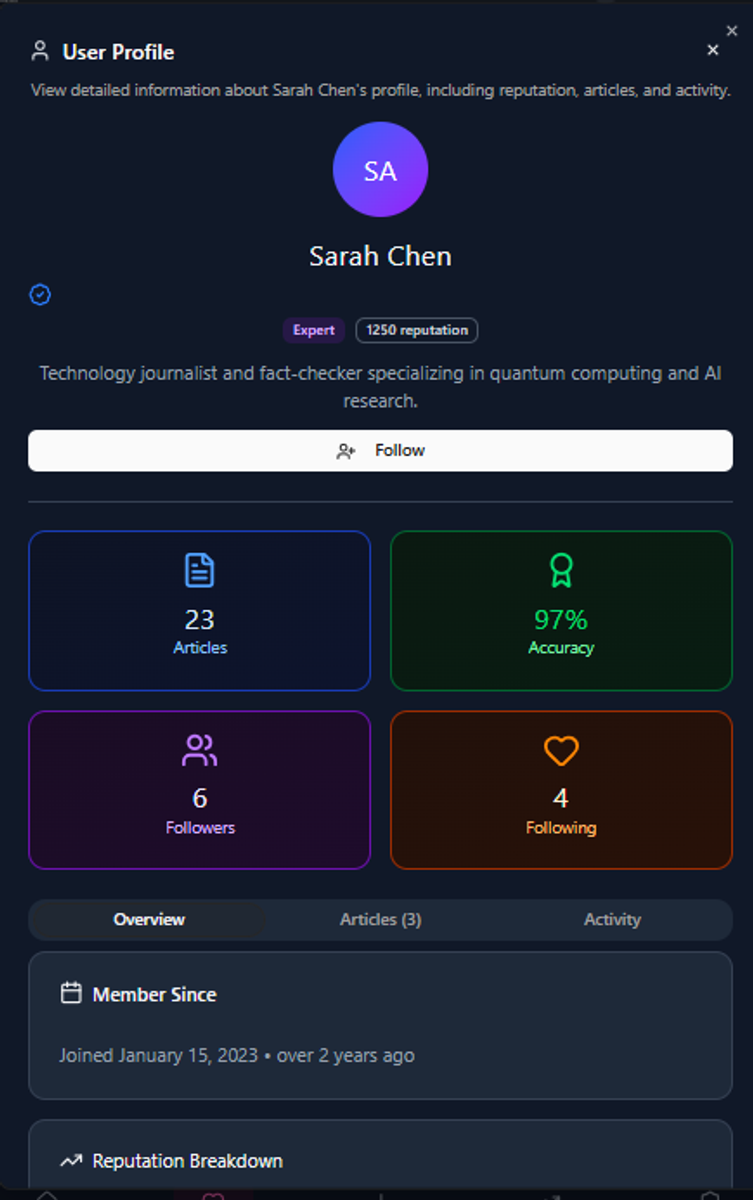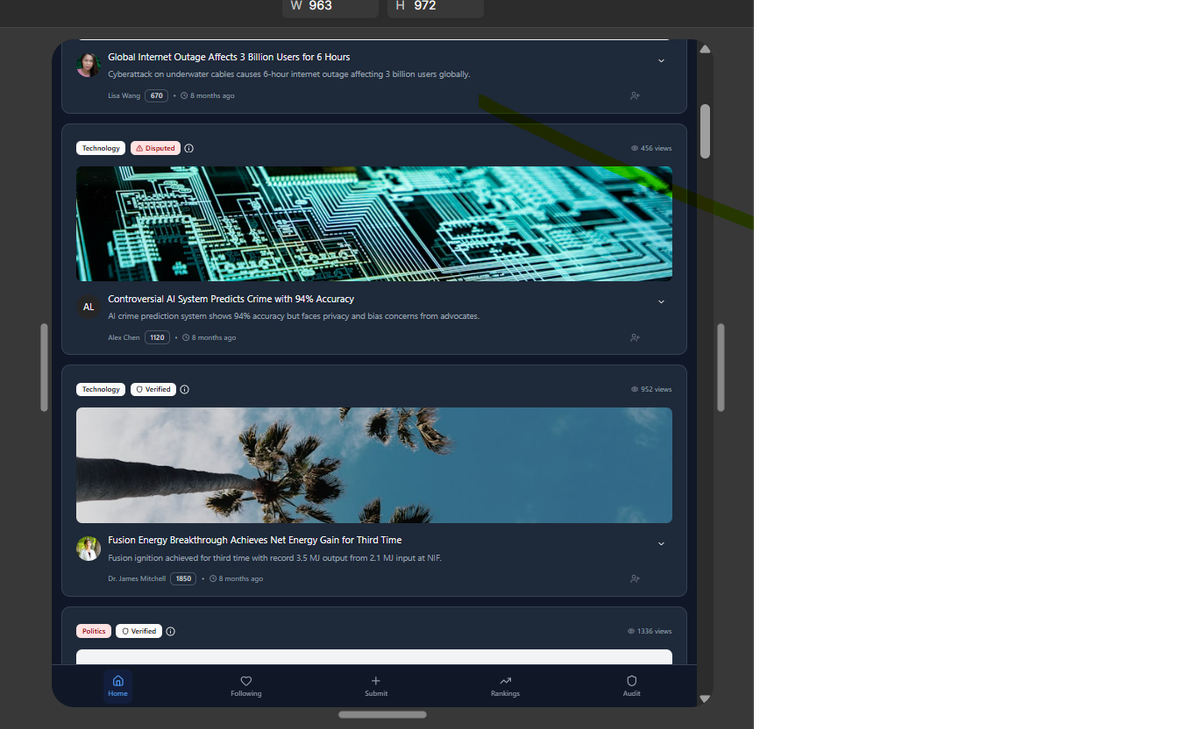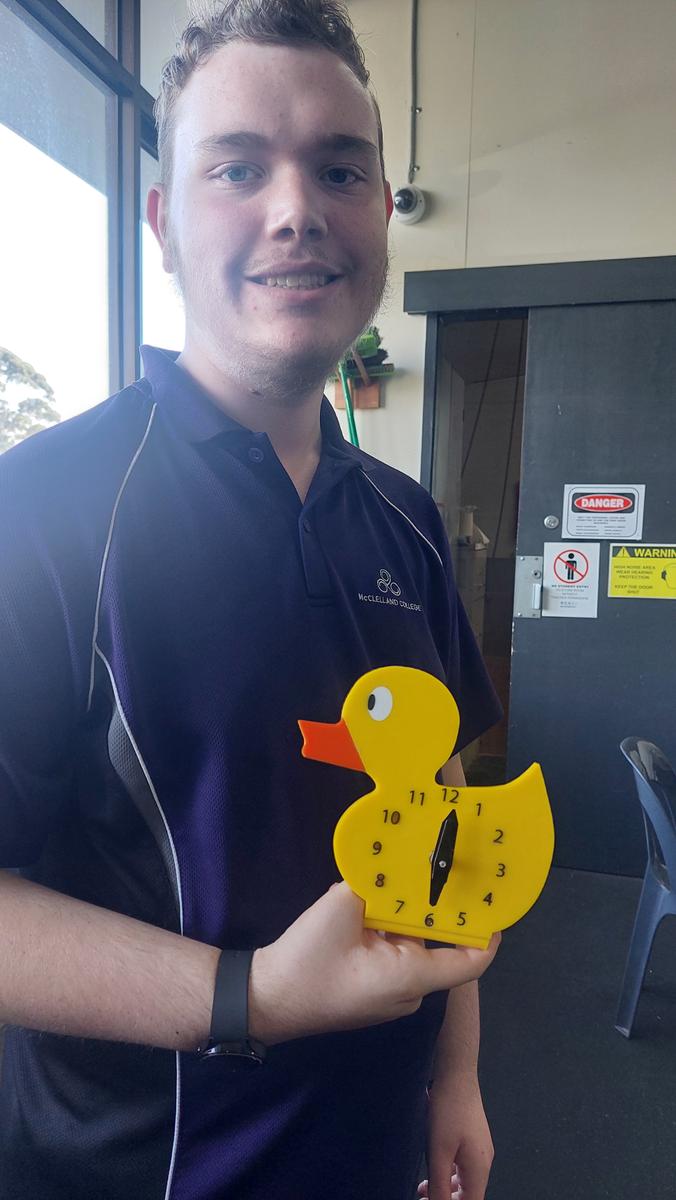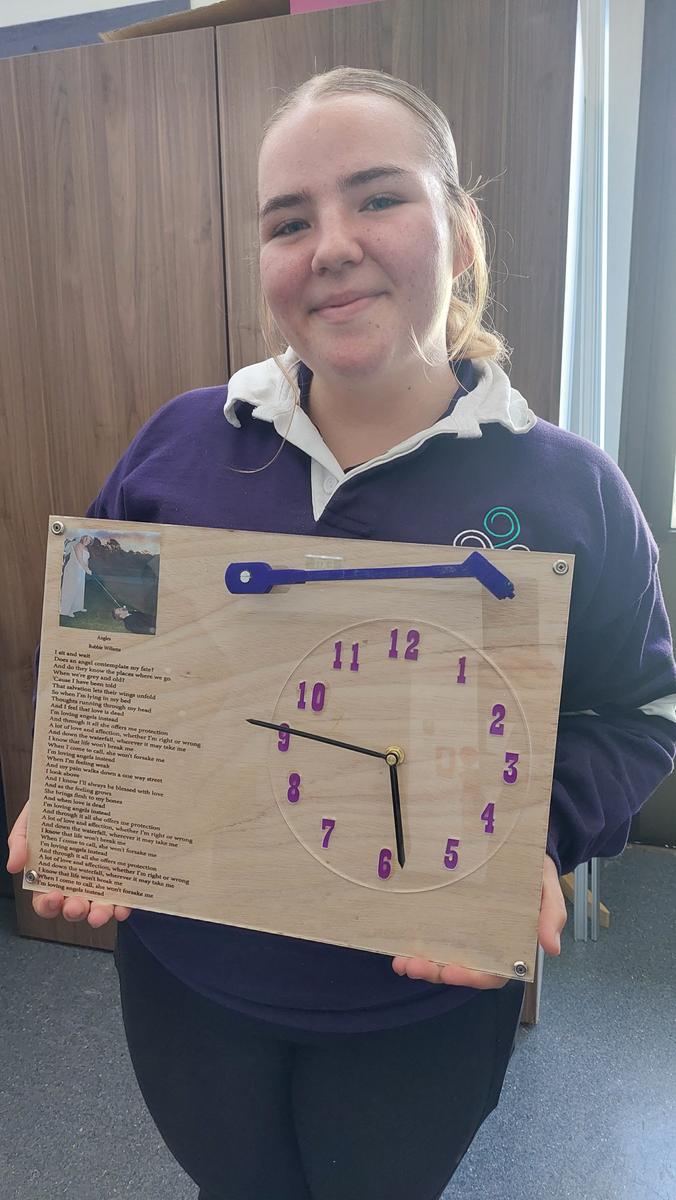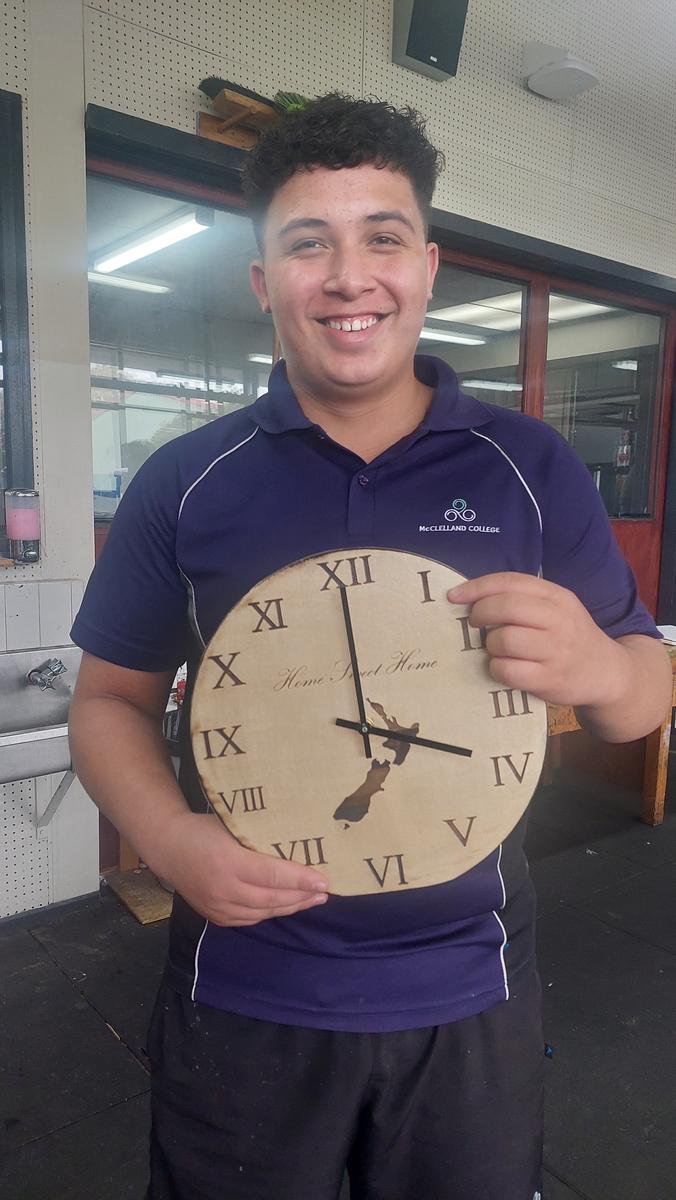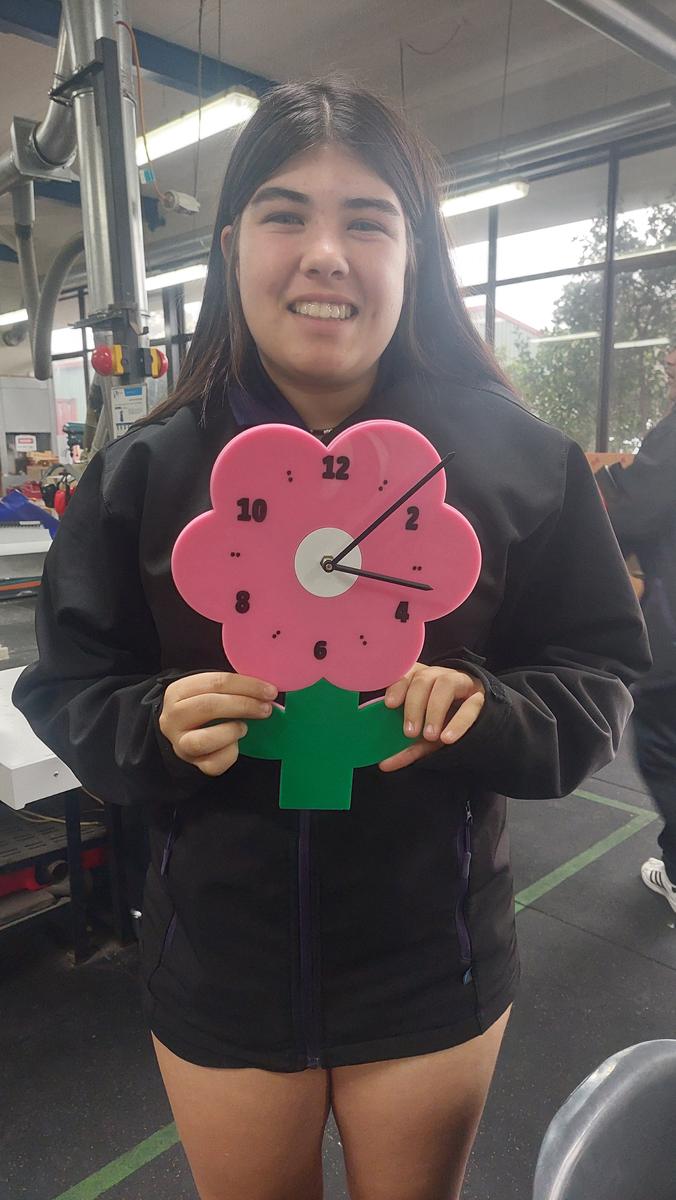Technology News
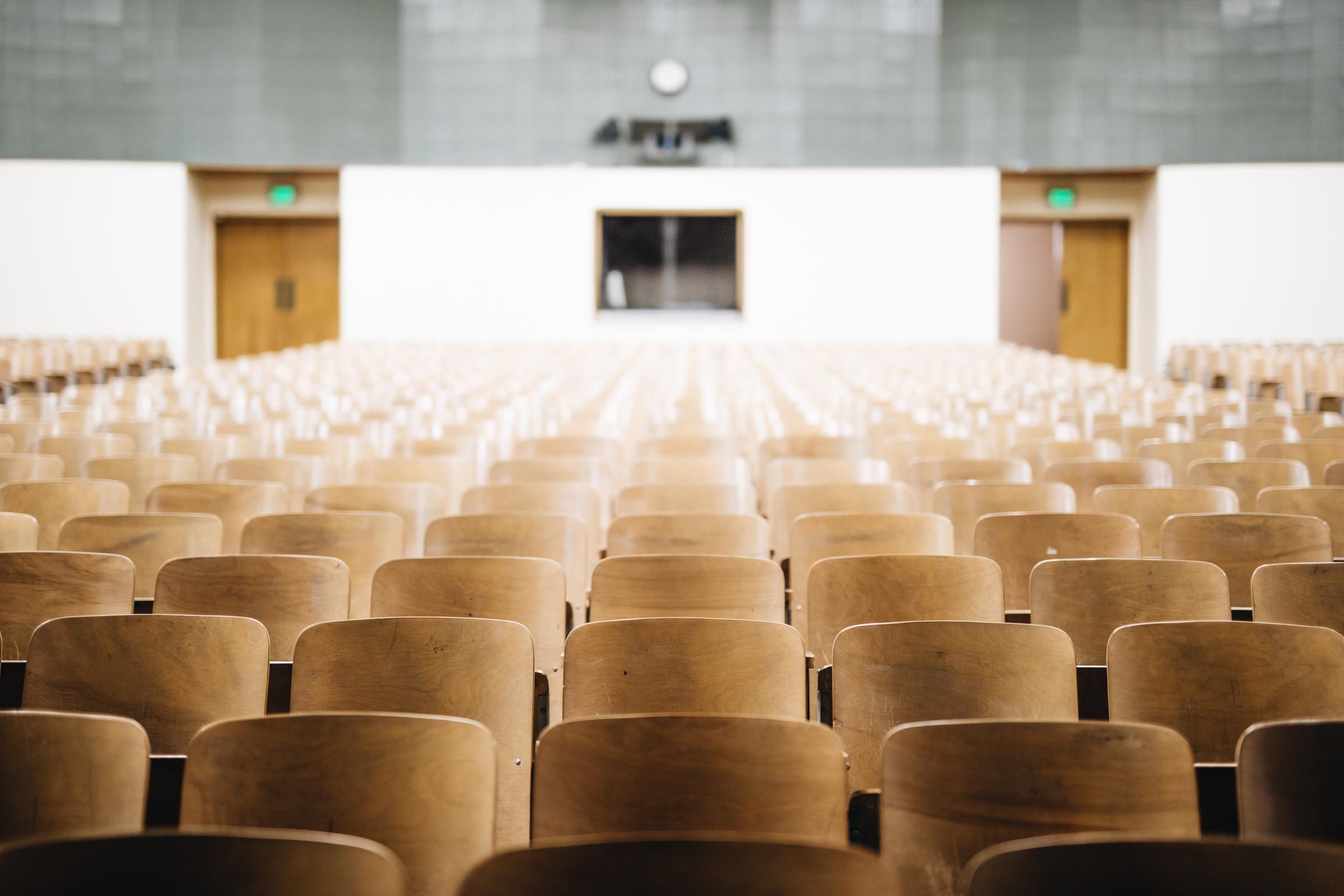
Year 11 IT Students Lead the Way with Innovative Solutions
Our Year 11 IT students have recently been working on an exciting and challenging unit in the VCE Applied Computing curriculum — Innovative Solutions. This topic provides students with the opportunity to become digital problem-solvers, tackling real-world technical and social issues by designing and developing creative technological responses.
The focus of the unit is grounded in the United Nations’ 17 Sustainable Development Goals, encouraging students to think globally and act locally. Each project begins with students identifying a problem or challenge — whether it be related to the environment, health, education, equality, or community wellbeing — and then exploring how digital technologies can help create meaningful change.
Students have been engaging with a wide variety of tools and approaches, from data visualisation and 3D design through to advanced areas such as artificial intelligence, smart devices, and cybersecurity. These projects are not only technical but also deeply creative, as students are encouraged to design innovative prototypes, trial their ideas, and refine their solutions through ongoing feedback and evaluation.
This year, our students produced some truly outstanding ideas.
Offline Learning Reading Hub — Steve & Sorosh
Addressing the global challenge of equitable education access, Steve and Sorosh designed a self-sustainable tablet that functions as an offline learning hub. Their solution provides accessible learning tools for students in remote areas, ensuring education is available anytime, anywhere — even without internet access.
Neutral Ground News — Jaspher & Lucas
Tackling the worldwide issue of media manipulation and misinformation, Jaspher and Lucas created an AI-powered online platform with built-in fact tagging. Articles uploaded to the platform are automatically scanned and tagged by AI as Verified, Disputed, or Unverifiable. The community then votes on the accuracy of these claims, with all actions recorded in a transparent, tamper-proof, and auditable system.
This approach provides instant fact-checking, promotes transparency, and encourages crowd-powered credibility. It is designed for anyone who values truth and reliable information.
Alongside these standout projects, there were many more impressive and innovative ideas developed by our students, including:
- An educational sustainable housing game designed for young people to raise awareness of sustainability.
- Recipe apps that generate meal ideas based on food available in the cupboard or fridge, helping to reduce household waste.
- An AI-driven mental health app to provide support and resources for wellbeing.
- An AI-driven parenting app aimed at offering guidance and support for parents.
An app to reduce technology addiction, addressing one of the most pressing issues facing both children and adults today.
What makes this unit particularly valuable is its open-ended design process, allowing students to pursue projects that reflect their own interests, passions, and insights. These projects showcase not only technical skill, but also the students’ ability to connect digital solutions to global challenges in creative, purposeful, and innovative ways.
The Innovative Solutions unit reflects the very heart of modern education: preparing students not just to use technology, but to shape it for the better. We are incredibly proud of the creativity, resilience, and collaboration our Year 11 students have shown throughout this project. Their work highlights the power of young people to contribute to real-world change through thoughtful innovation and purposeful digital design.
Year 9/10 PDT
Our Year 9 and 10 Product Design Technology students have immersed themselves in two exciting and hands-on design challenges: creative clocks and custom bikes. Both projects encouraged students to combine imagination, technical skill, and problem-solving to produce unique and functional designs tailored to a chosen customer and purpose.
For the clocks project, students explored the theme of time, designing timepieces to suit a specific space and user. They followed the full design process, conducting research, sketching concepts, and refining ideas to ensure their clocks were both practical and visually striking. Meanwhile, the bikes project challenged students to design custom bicycles for a specific rider, considering function, style, and intended use. This required careful planning, material selection, and an understanding of ergonomic and aesthetic needs.
Across both projects, students brought their designs to life in the school workshops using a range of modern manufacturing technologies, including 3D printing, laser cutting, and precision assembly. These tools allowed experimentation with form, structure, and materials while connecting digital design with hands-on production. Many outcomes showcased a successful blend of traditional craftsmanship and cutting-edge technology.
The final products highlighted an incredible variety of styles: from minimalist and modern clocks to vibrant, playful designs, and from sleek commuter bikes to rugged mountain or imaginative, colourful creations. Every student produced a functional and creative outcome that reflected personal ingenuity and design thinking.
Projects like these exemplify the essence of Product Design Technology: fostering creativity, developing technical expertise, and applying the design process to real-world challenges. We are proud of the innovation, persistence, and skill demonstrated by our students, and their clocks and bikes stand as lasting reminders of what can be achieved when creativity meets hands-on making.
Next themes is Form Meets Function – Exploring innovative shapes, materials, and features while keeping the lamp practical for everyday use.

